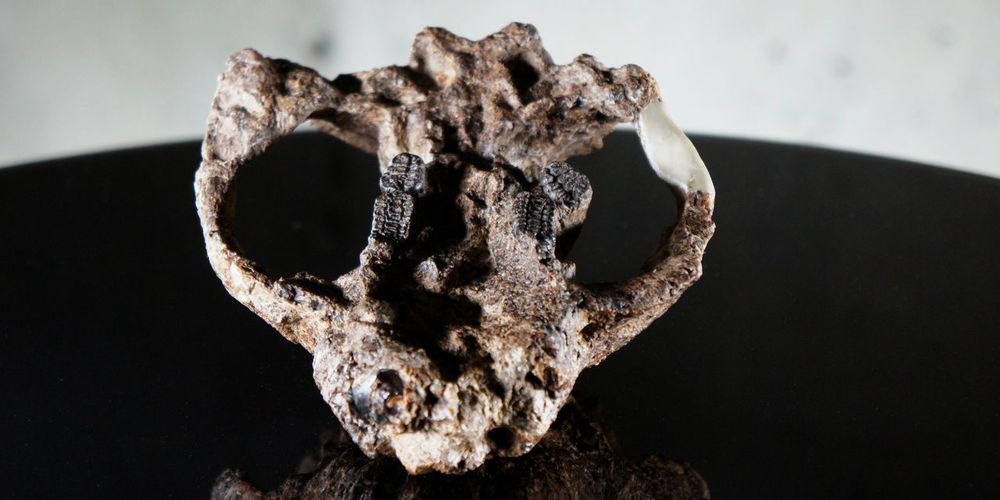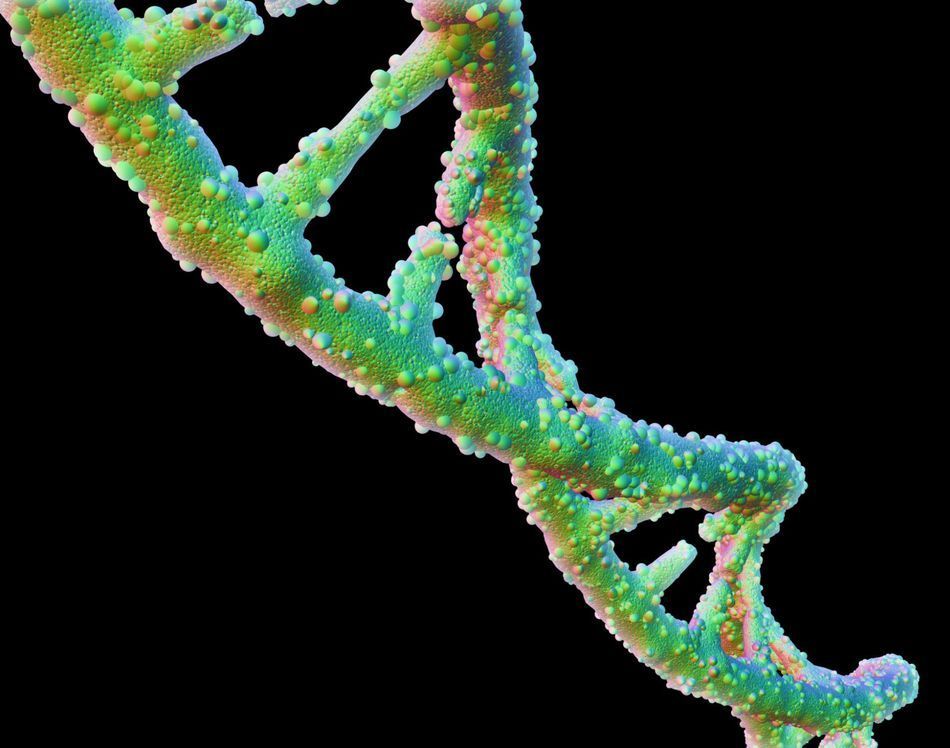Oct 24, 2019
Fossil Trove Offers Clues to How Life Found a Way After Asteroid That Wiped Out Dinosaurs
Posted by Omuterema Akhahenda in categories: asteroid/comet impacts, evolution, existential risks
On the outskirts of Colorado Springs, researchers have uncovered thousands of fossils showing how life on Earth revived in the aftermath of an asteroid impact 66 million years or so ago that killed most dinosaurs and other life on land and sea.
Taken together, the fossil trove documents an era when evolution, in essence, hit the reset button. While countless species vanished forever, some plants and animals rebounded relatively quickly in the first million years after the devastation, including the mammals ancestral to humankind, the scientists said in research published Thursday in Science.

















